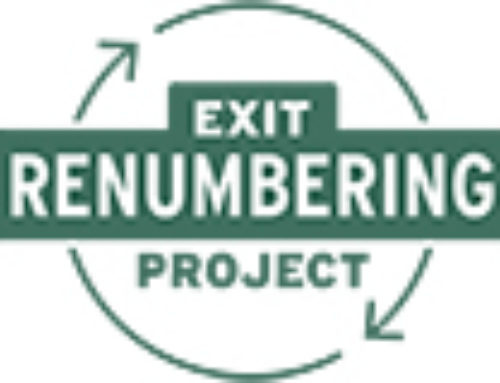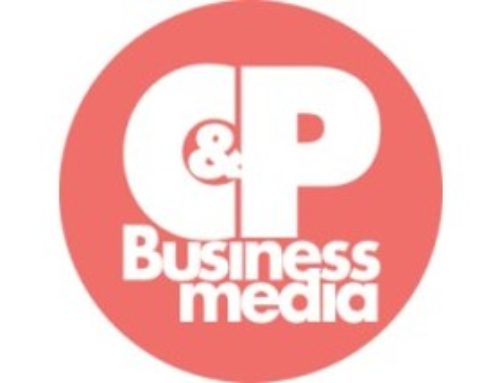We fell asleep in one world and woke up in another. I’m not the first to say this as having seen it circulating around social media from LinkedIn to Facebook. It is a sobering reality and one that we’ve all had to come to grips with over the last few weeks. And by the time this newsletter is published, we will be in to our second month of working around our new reality of COVID-19.
With millions of Americans affected including those close to and around us, we must set our sights on the future as we plan to recover. After all, we are these United States of America and we have faced adversity before with the Flu Pandemic in 1918, WWI, WWII, Korean and Vietnam, and now up to and including Post 9/11. We’ve rationed sugar, rubber and metal in the past to help our fellow countrymen and women. And though our armed forces are not in full swing as they were during wartime, this is a war of a different magnitude and it is affecting the entire globe. But still we are resilient and creative.
In fact, the creative side is happening all around us and micro businesses are springing up all over. As they say, “necessity is the mother of invention” and many businesses are adapting to the very current needs we have at hand – a shortage of Personal Protective Equipment. At kitchen tables and sewing circles, we have teams of people sewing masks. A local vocational high school is creating 3-D printed masks. And still others are donating food and organizing “honking and tribute parades” to our first responders.
As we begin to think about what our business will look like when we reopen our physical location, several questions come to mind. How has your business adapted with remote workers? What’s being done differently? What can be done better? In addition, what preparations are needed to have employees come back to the physical location? Will all employees need to be rehired? Can we do more or the same with less employees? Everyone is thinking outside the box and it’s giving leaders a chance to retool the business and adapt to the change.
Some essential businesses have become very creative to include things like rotational work shifts to limit exposure to one another. For example, one week an employee comes in Monday, Wednesday and Friday and the following week only Tuesday and Thursday. And in most cases, they are paying the employee a full-time wage. Still other companies are cutting hours like grocery stores in order to allow more time to restock. I know of one company that is paying “hazard pay” to employees that have customer facing jobs whereby you are paid an additional flat dollar amount for each day worked up to a maximum of $1,000 per month.
Where will this all lead us in the coming months as we prepare to reopen our physical location? I suspect we will see more work at home requests from employees or employees requesting to work shorter work weeks. How will this affect the operation of the company? Is it possible to offer a flexible schedule in this manner? How will this affect employee benefits like health insurance, disability, etc?
Then there is the question of the CARES Act and particularly the Paycheck Protection Program (“PPP”). Are you able to provide all the documentation in order to commence the process? This will help many businesses stay afloat for a bit longer. Yet sadly, even PPP may not have enough funding for every small business to survive. Certainly COVID-19 has turned the entire world upside down but all is not lost. We will get through this and come out the other side with many new and creative approaches of how we operate our businesses.
Patricia Bean, SHRM-CP, PHR
Senior Vice President
Eastern Benefits Group
Co-Chair, Military Veterans & Families Network
77 Accord Park Drive, Norwell, MA 02061
Office: 781.261.2048 I Fax: 508.647.3260 I pbean@easternbenefitsgroup.com






